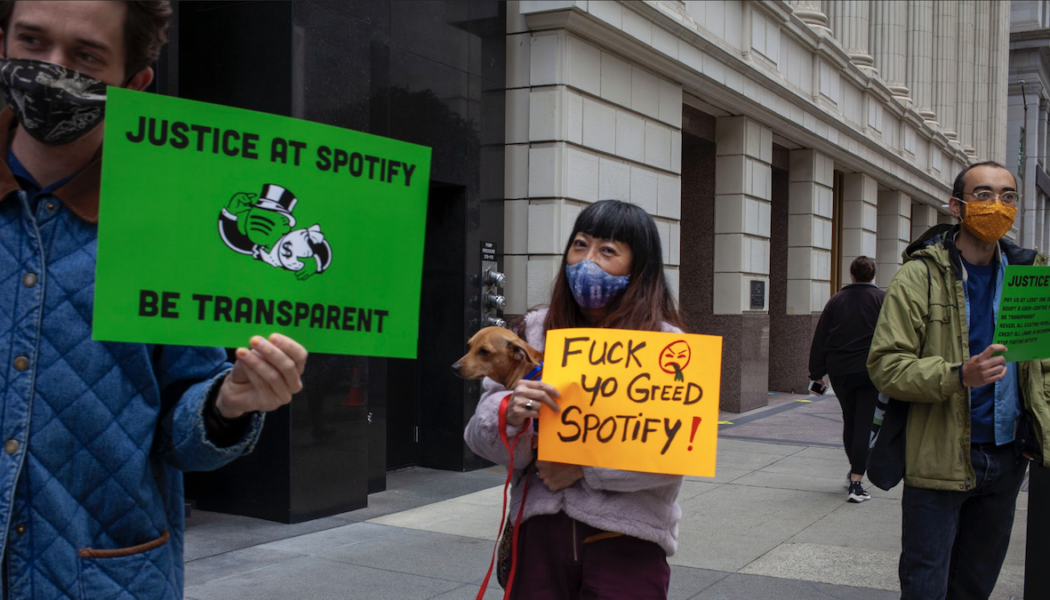
Like a twisted game of limbo, songwriters and artists are constantly asked to go lower and lower, and only the streaming companies win. As Billboard reports, on October 21st, several major streamers filed to the US Copyright Royalty Board (CRB) proposing royalty rates for 2023-2027. Three of the biggest platforms — Spotify, Amazon, and Pandora — are recommending a significant reduction in royalty rates over the 2018–2022 period.
These upcoming four years, 2023-2027, are known as CRB Phonorecords IV, denoting the fourth period of rate determination. It follows Phonorecords I for 2008–2012, Phonorecords II from 2013–2017, and Phonorecords III from 2018-2022.
Phonorecords III represented an increase over the previous two periods, escalating over time and culminating in a royalty rate of 15.1% of a service’s revenue in the final year (the specifics are much more complicated, but that’s the the headline rate). But that number is currently being debated in an Appeals Court, and hasn’t always been used in practice. Spotify, for example, returned to the lower Phonorecords II rates as soon as the case went to appeal.
Related Video
For the upcoming Phonorecords IV term, the National Music Publishers’ Association (NMPA) had sought an increase in the headline rate to 20% of a digital service’s revenue. Instead, Spotify, Amazon, and Pandora have proposed lowering the rate to pre-2018 levels, with headline rates close to 10.5%.
One exception to this trend is Apple Music. Apple will follow the lead of the judge in the Phonorecords III appeal, using a simplified version of whatever rate formula is decided in the case. Depending on the judge’s ruling, Apple could be a significantly better deal for artists through the period of 2023-2027, or it could be more of the same.
The Digital Media Association (DiMA) defended the lower rates, pointing out that streamers needed “billions of dollars invested into catalogs,” in order to be competitive, and arguing that an expanding listener base would lead to more revenue that would eventually trickle down.
DiMA CEO Garrett Levin wrote in a statement, “I believe the answer lies not with any rush to judgment or allusions to war, but in truly grappling with this cognitive dissonance — ever-growing revenues for rightsholders, billions of dollars invested into catalogs, and new tools and features that help bring more music to more fans than ever before in a highly competitive landscape, alongside genuine frustrations by creators. How do we make modern music economics work for everyone? That should be our focus — preserving long-term industry growth and ensuring that it benefits as many people as possible.”
As for the Union of Musicians and Allied Workers, they will no doubt be disappointed after spending most of the year agitating for an increase to a flat one cent per stream. Earlier this year, the Union organized worldwide protests outside of Spotify’s offices, prompting a House Judiciary Committee probe of whether Spotify’s Discovery Mode illegally lowered royalty rates.










